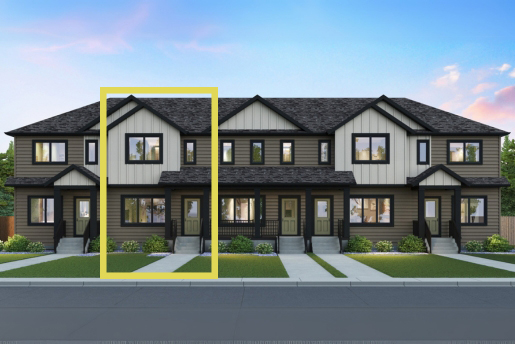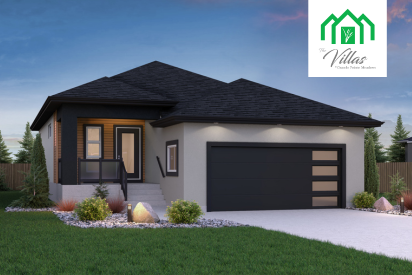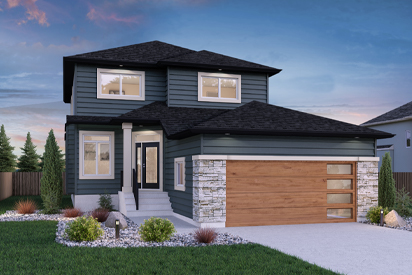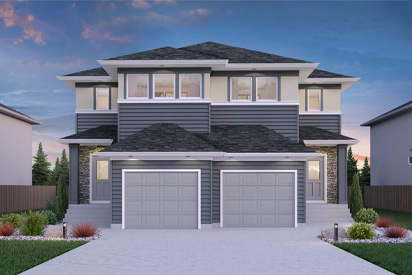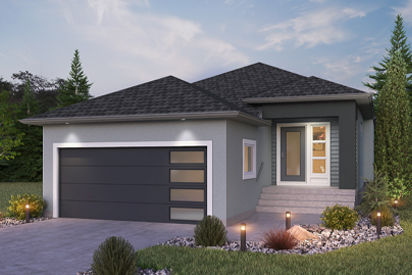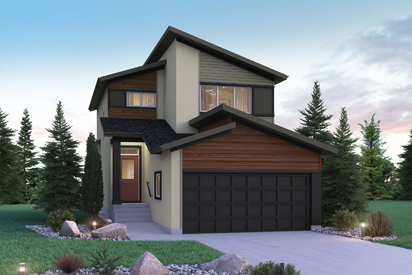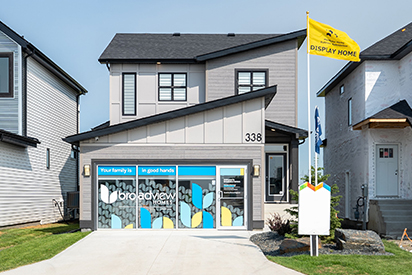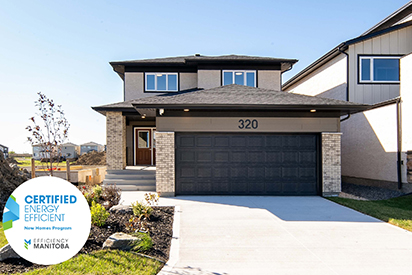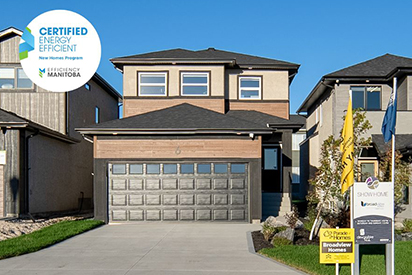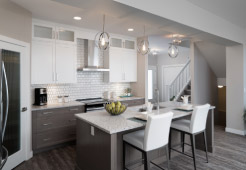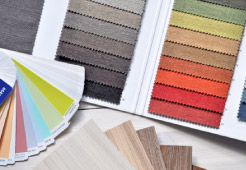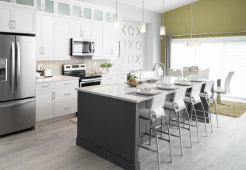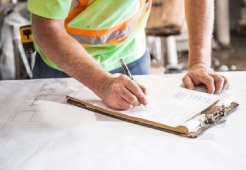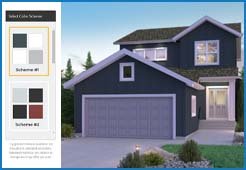Understanding Your Upgrade Options
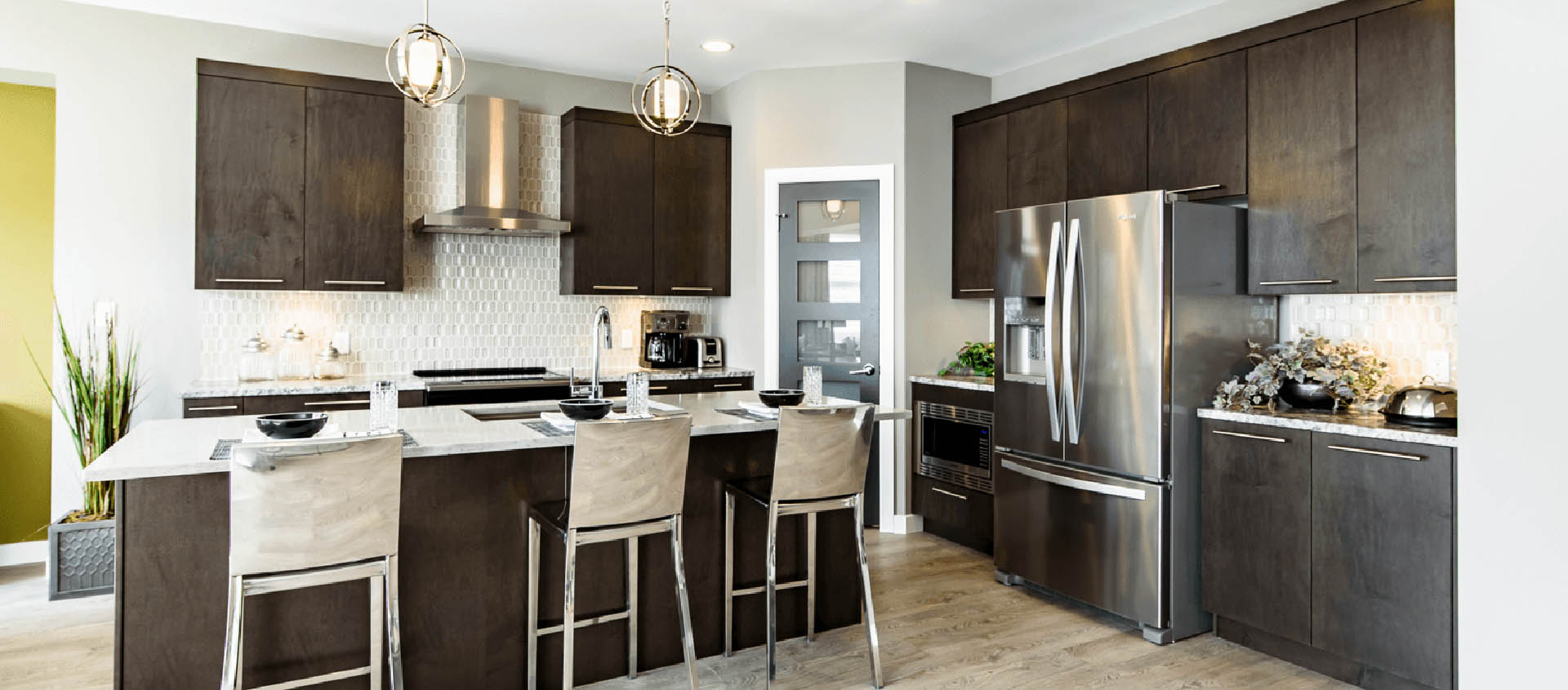
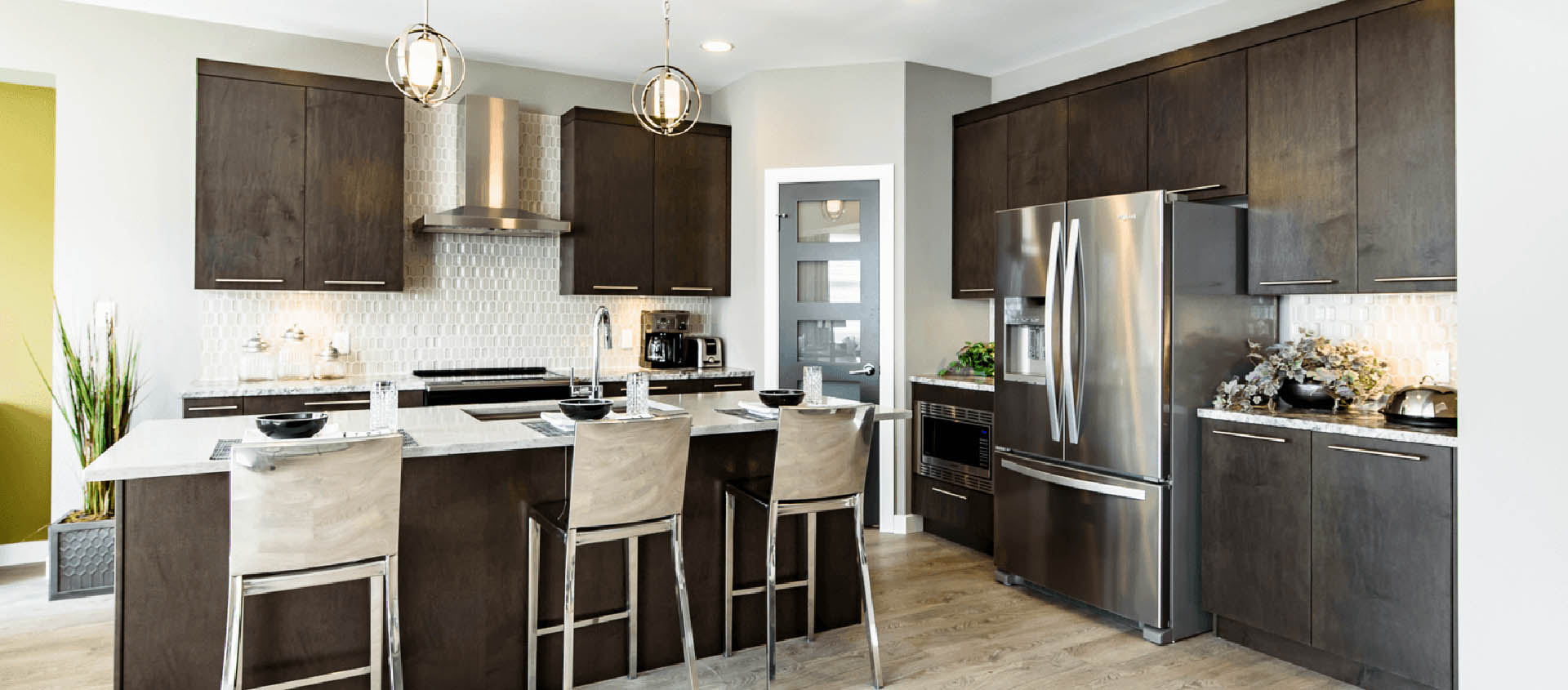 One of the best parts of building a brand new home is choosing your features and making decisions about the design. It's an exciting time and, for this reason (understandably), it's easy to get a little carried away with all the beautiful upgrades and amenities available to you.
One of the best parts of building a brand new home is choosing your features and making decisions about the design. It's an exciting time and, for this reason (understandably), it's easy to get a little carried away with all the beautiful upgrades and amenities available to you.
While building a new home means you'll have control over where and what you choose to allocate your upgrade dollars toward, it helps to have an understanding of what your options are ahead of time - and ultimately make the best choices for your unique needs without overspending.
- The Standard Options
- Design Upgrades
- Quality Upgrades
- Environmental Upgrades
- Added Features
- Low-Cost Upgrades with a Big Impact
- Lot Upgrades
- Factors Affecting Cost
The Standard Options
The home you choose will come with a number of standard options for everything from flooring choices to cabinets. This will be something to keep in mind when you're looking at different types of home styles. For instance, a home might come standard with vinyl or tiled flooring in the bathroom, but you’ll be able to choose from a few different colours and designs. The same might be true of other things like kitchen cabinets or bathroom faucets.
It’s important to note that these standard options vary from builder to builder. The standard flooring from one builder might be considered an upgrade from another. This is the primary reason for different base costs between builders - while it may appear more expensive upfront, it may be because the builder offers higher-end materials as standard (making the small difference in price worth it).
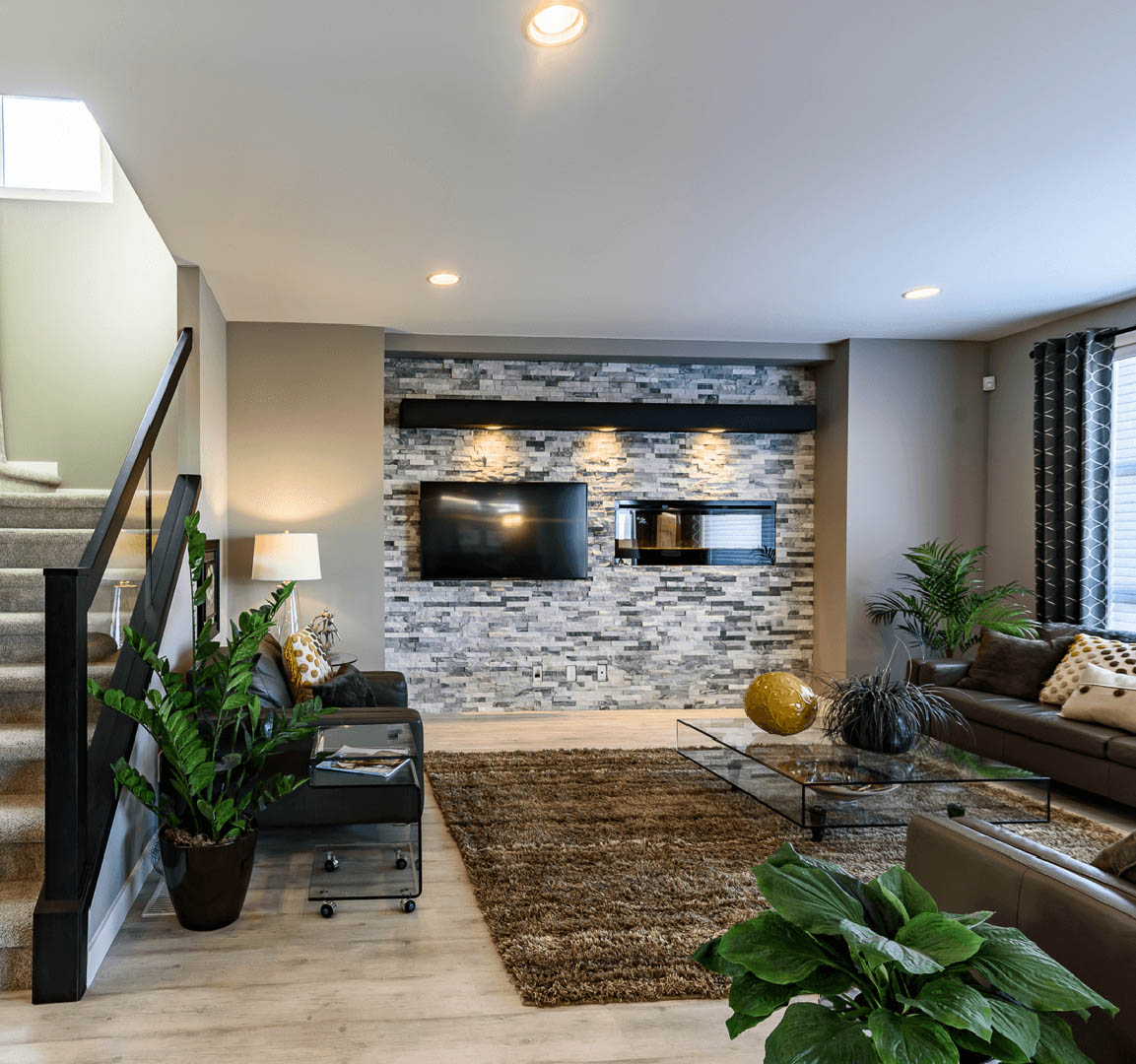 Design Upgrades
Design Upgrades
The design upgrades are the things that make your home look more luxurious. This might be a large soaker tub in your ensuite bathroom rather than the standard tub. It could be granite or quartz countertops rather than laminate ones. Some people care a lot about these little touches, while others know that sticking with the basics is a good way to make the home more affordable and still look great.
(For few helpful tips on making interior design decisions for your new home, check out our previous post 'Our Advice for Making Interior Design Decisions')
Quality Upgrades
All materials a builder uses will meet quality standards set forth in building codes. You won’t have to worry about things breaking down after a few years and you'll be looked after with a comprehensive new home warranty. However, there are some areas where you might want to consider spending a little more in order to save down the road. For example, most roof shingles last around 20 years, but if you upgrade to an even higher-grade shingle, they might last 25 or 30. People choose these types of upgrades because they feel it’s worth it to spend more on a product that lasts longer.
Environmental Upgrades
A quality new home builder will include the most energy-efficient materials and products in your home as standard (i.e. triple pane windows). But there are additional upgrades you can make to have a greater impact both on the environment AND reduce your energy bills. You may want a smart thermostat that automatically controls the temperature in certain rooms when they're not in use, or a tankless water heater (saves water and guarantees hot water on demand). Upgrading to low-flush toilets or smart faucets may also be something you can talk to your builder about.
Added Features
Some of the upgrades you’ll want to pay for are things that aren’t necessarily part of the normal home build, but will certainly make your home a lot nicer. For instance, if you choose to finish the basement when building the home, you’ll instantly have extra space for living. A large rear deck isn’t necessary, but it’s a great addition if you love entertaining.
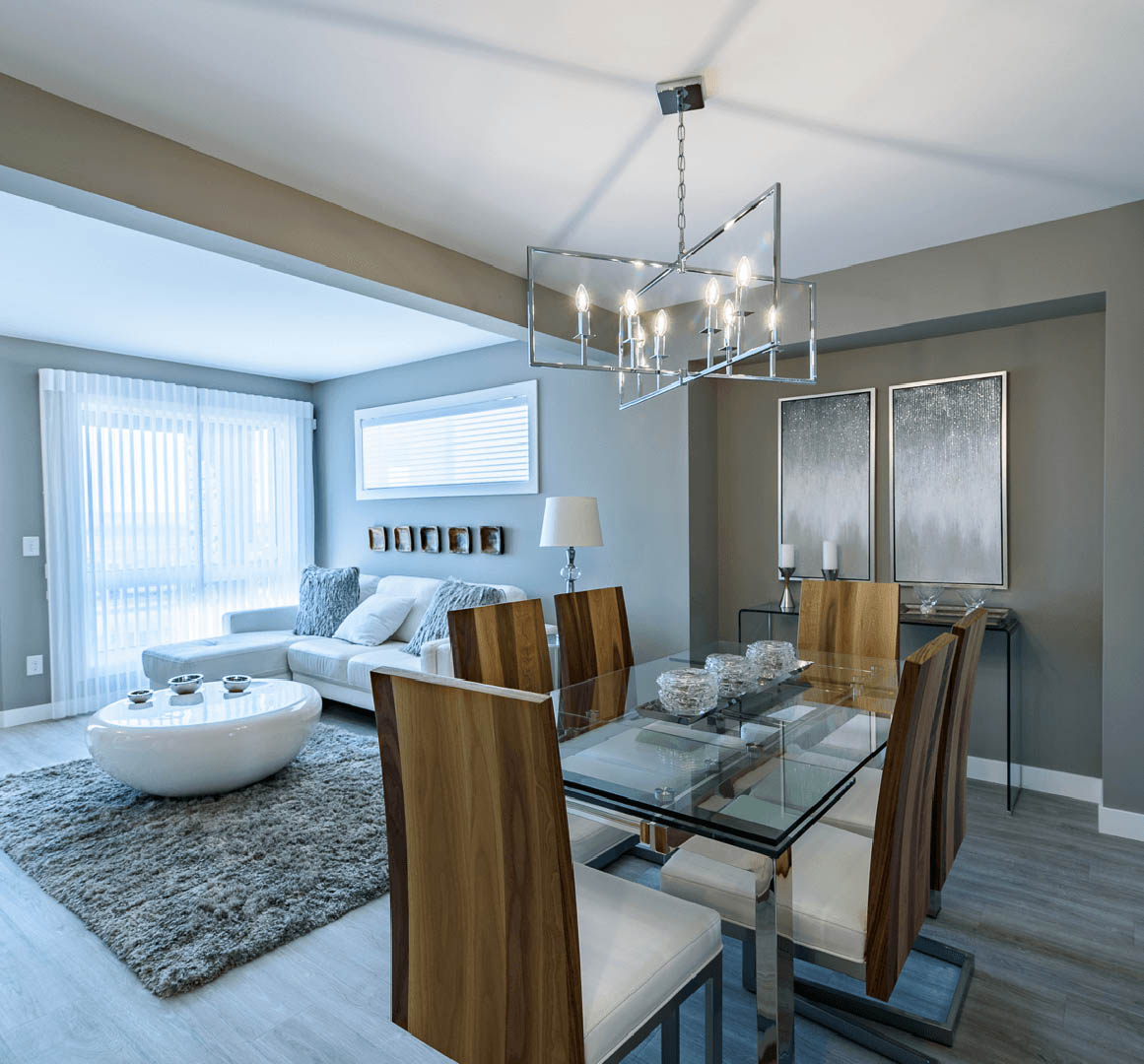 Low-Cost Upgrades with Big Impact
Low-Cost Upgrades with Big Impact
While many upgrades cost a pretty penny, some of your upgrade options will be quite affordable and well worth any additional cost. Consider adding ceiling fans throughout the home. They don't come with a large price tag and can help you save on energy costs. Adding extra outlets to each room is also a no-brainer. For a small price, you’ll never have to worry about using extension cords to plug in your electronics.
You should also ask the builder about the price of including window treatments, like blinds. At first glance, this might seem like an area where you’d want to save money, but if you compare the builder’s prices with the cost of new curtains, you may see that you’re getting a better deal by ordering from the builder.
Lot Upgrades
Finally, part of your purchase price is the land you build on. Some lots are more desirable than others, and these will cost you more. For instance, you’ll pay more for a pie-shaped lot at the end of a cul-de-sac because those lots are bigger. That's a big draw for families with young children. You might also have to pay a little more for a corner lot or those that have an exceptionally nice view.
Factors Affecting Cost
Depending on what your builder offers, appliances may not be included in the home's purchase price so you'll have to factor those costs into your budget. Another thing to keep in mind is even if a builder offers the option to upgrade something that does come standard, the cost can vary by home model and size.
For instance, if you’re upgrading to hardwood floors, you’ll obviously pay more for the upgrade in a home with more square footage. Consider this when you’re comparing different types of models. The quote you received for an upgrade on one home may not apply to the same upgrade on a different home.
Choosing how much money to allocate to upgrades is an important part of budgeting for your new home. Everyone needs to work on finding the balance between getting all of the latest upgrades and building a home that’s affordable. A good builder will work within your budget and help you decide which types of upgrades make the most sense for your lifestyle.
Originally posted April 7, 2017, updated Oct 1, 2018.

